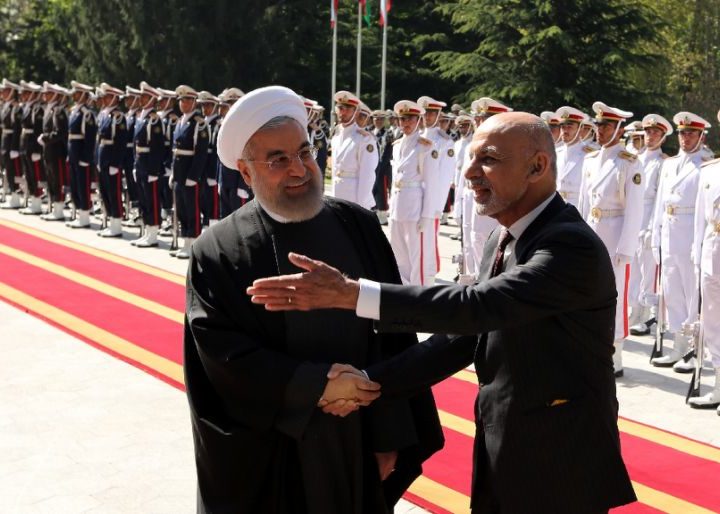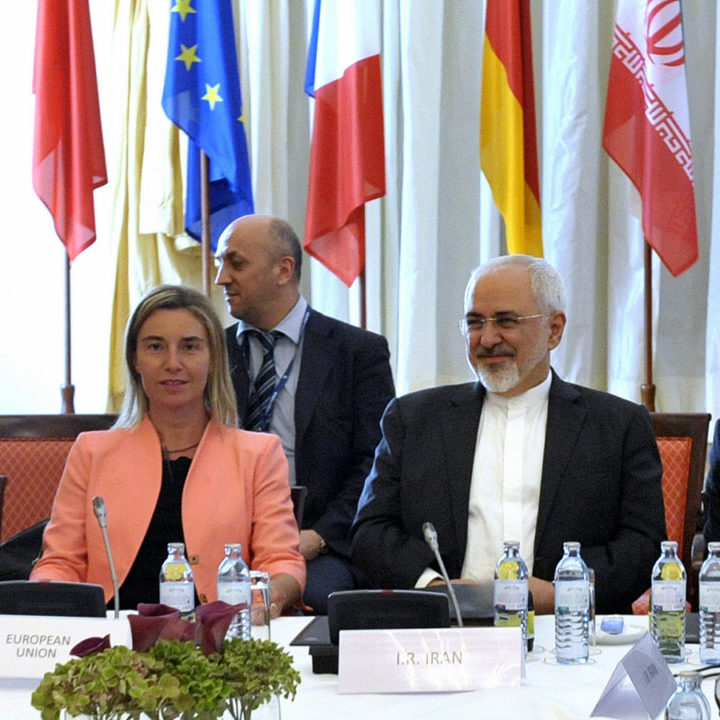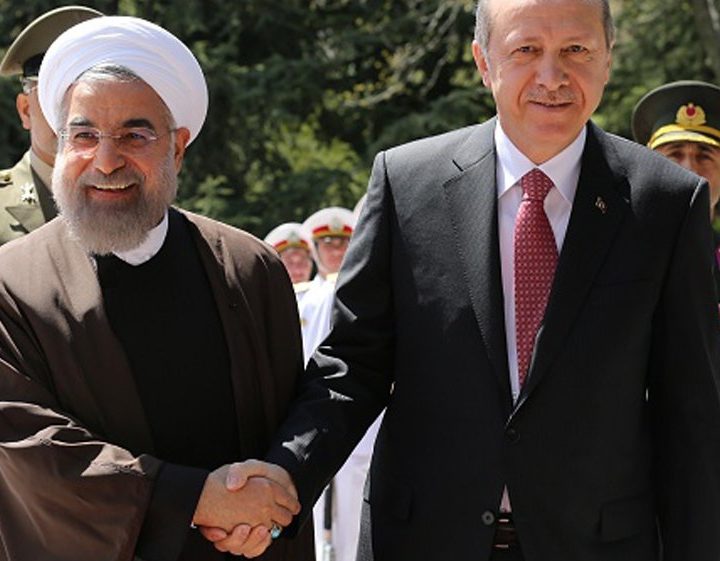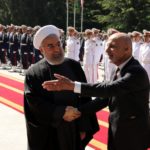According to MIT, the United Arab Emirates is the 29th largest export economy in the world and the 30th most complex economy according to the Economic Complexity Index (ECI), making it diverse and therefore more resilient to global market vicissitudes. It has a population of 10.14 million people, with a relatively high per capita rate, making it a strong consumer market.
It’s main urban centres with over 150,000 people include the following destinations:
| City | Population | Emirate |
| Dubai | 2,665,978 | Dubai |
| Abu Dhabi | 1,500,000 | Abu Dhabi |
| Sharjah | 719,100 | Sharjah |
| Al Ain | 650,000 | Abu Dhabi |
| Ajman | 518,000 | Ajman |
| Ras Al Khaimah | 263,217 | Ras Al Khaimah |
| Fujairah | 152,000 | Fujairah |
Trade Profile of the UAE
In 2016, the United Arab Emirates exported $98.8B and imported $184B, resulting in a negative trade balance of $86B, but against the U.S.’s $796B in the same year and the fact that its deficit is not even in the worst 20 globally, prospects for the country are good, given its strategic location and resources to reverse their economic situation.
Top export destinations of the UAE:
- India: 11%/ $11.3B
- Iran: 8.9% / $8.81B
- Switzerland: 7.5% / $7.42B
- Iraq: 5.4% / $5.36B
- Oman: 5.2% / $5.15B
Top UAE import origins:
- China: 12% / $30.1B
- India: 10% / $30B
- United States: 11% / $22.4B
- Germany: 8% / $16.3B
- United Kingdom: 2.8% / $9.1B
It is USA’s second largest export market in Central Asia.
Top Exports Of The UAE using the 1992 revision of the HS (Harmonised System) classification
- Gold: 16% / $15.8B
- Diamonds: 12% / $12.3B
- Jewellery: 12% / $11.8B
- Cars: 4.6% / $4.5B
- Raw Aluminium: 4.3% / $4.22B.
Top Imports Of The UAE using the 1992 revision of the HS (Harmonised System) classification
- Gold: 17% / $31.9B
- Diamonds: 8% / $12.5B
- Cars: / $11.6B
- Broadcasting Equipment: 4.7% / $8.77B
- Planes, Helicopters, and/or Spacecraft: 4.6% / $8.5B
Logistics Issues When Trading with the UAE
Border Crossings
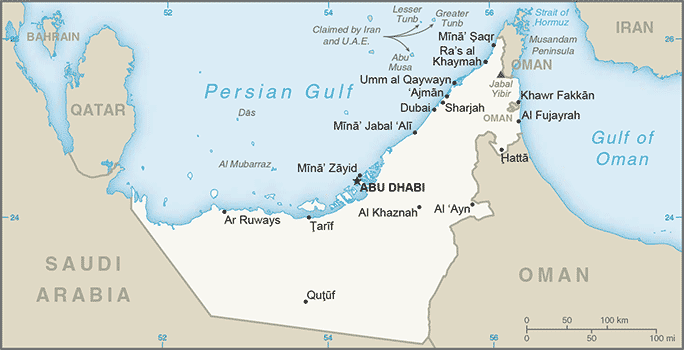
The United Arab Emirates borders Oman and Saudi Arabia by land and Iran and Qatar by sea.
There is some dispute about a possible land border with Qatar and an unresolved border issue with Saudi Arabia. The Jeddah Agreement granted Saudi Arabia a 25 km corridor eastwards from Khawr al Udayd, giving the Saudis an outlet to the Persian Gulf on the eastern side of Qatar. This Agreement was never formally ratified by the UAE.
Oman Border Points:
| Al Ain |
| Al Buraimi Governorate |
| Dibba Al-Fujairah |
| Khatmat Malaha |
| Madha |
| Nahwa |
| Wajaja |
Seasonality Issues for Freight Transport in UAE
The United Arab Emirates (UAE) has a desert climate with no major impacts on logistics beyond when heat is highest perhaps. Summer days can be 36-50°C between May and October. Moist winds blowing in from the Persian Gulf can make it sweltering, especially inland.
Rainfall is between December and March. While rain is rare, downpours can be intense, impacting driving conditions.
In the northeast, the Al Hajar Mountains separate the coast of the Persian Gulf from the Gulf of Oman. In Winter, above 1,000 metres, it can get cold but at higher altitudes, the Summer heat is more bearable.
The southern emirate of Abu Dhabi is covered by the vast, hot, sandy desert of the Rub al-Khali. There are oases, such as at Liwa and near oil and gas extraction facilities.
Year round, but especially in spring, the UAE may be affected by strong winds, which can bring dust and sand storms.
December to February are thought to be the best time for overland travel in the UAE.
UAE Motorways
Map 2. Key Road Routes for UAE.
- E10Abu Dhabi – Al Shahama.
- E11Al Silaa – Al Qir. (runs from Saudi Arabia to Oman, connecting Abu Dhabi, Dubai, Sharjah, Umm al Quwayn, Ras Al Khaimah and other important centres).
- E12 Abu Dhabi – Al Falah.
- E15Ruways – Wasit Oasis.
- E16Al Rahba – Al Saad. .
- E18Ras Al Khaimah – Al Manama.
- E20 Abu Dhabi –Al Hayer.
- E22 Abu Dhabi –Al Ain.
- E44Dubai–Hatta.
- E45 Tarif–Liwa.
- E55Umm Al Quwayn – Al Shuwaib. E66 Dubai – Al Ain.
- E84 Al Malaiha –
- E88Sharjah –
- E89 Diba al Fujairah –
- E99Diba al Fujairah –
- E102 Sharjah–Kalba.
- E311Dubai – Ras al Khaimah.
- E611Dubai – Umm al Quwayn. Also known as Emirates Road, formerly Dubai Bypass Road.
Rail Freight in the UAE
Railway hubs include: Abu Dhabi, Al Ain, Dubai, Sharjah, Fujairah, Ras Al Khaimah and Khor Fakkan. See map 3 for existing and proposed improvements to the network.
Etihad Rail manages the national 264km freight and passenger rail network, plus that of other nations of the Gulf Cooperation Council as part of the planned Gulf Railway connecting all 6 GCC partners. The project is on hold, following regional tensions, however.
The railway is connected to Mussafah, Khalifa and Jebel Ali ports in Dubai, plus the Saudi and Omani borders. The system is planned to eventually have 1,200 km of freight and passenger railway connecting cities in UAE and linking to other Gulf countries. The track will run from the Saudi border in the west to Oman’s border in the east. It will connect to Qatar through Saudi Arabia’s network. Completion is due by 2021-22 since a spat with Oman has slowed progress.
Dammam is to be linked through to Jedda, linking the Arabian Gulf to the Nile. The UAE infrastructure minister said at the end of October 2017 that a delayed rail project connecting nations across the Gulf to be operational by 2021, despite a regional political crisis. UAE, Saudi Arabia, and Bahrain cut ties with Qatar over a year ago; Oman and Kuwait are remaining nE.U. tral.
The proposed GCC railway network covering the members States of Saudi Arabia, UAE, Oman, Qatar, Bahrain and Kuwait would be part of the region’s expansive transportation network, an open, and accessible part of an interconnected system of airways, roads, railways, terminals, and conveyances that will provide additional services essential to the way of life, if not economic enhancement.
The sector would include six, interconnected sub sectors or modes involving aviation, freight rail, highway, maritime, mass transit and passenger rail, and possibly pipelines enhancing the transportation of people, food, water, medicines, fuel, and other commodities vital to the public health, safety, security, and economic well-being of region.
Air Freight Transport
The UAE is well served for international air cargo transit.
| Abu Dhabi | Abu Dhabi | Abu Dhabi International Airport |
| Abu Dhabi | Abu Dhabi | Al Bateen Executive Airport |
| Al Ain | Abu Dhabi | Al Ain International Airport |
| Al Futaisi | Abu Dhabi | Futaysi Airport |
| Arzanah | Abu Dhabi | Arzanah Airport |
| Buhasa | Abu Dhabi | Buhasa Airport |
| Dalma Island | Abu Dhabi | Dalma Airport |
| Das Island | Abu Dhabi | Das Island Airport |
| Jebel Dhana | Abu Dhabi | Jebel Dhana Airport |
| Mussafah | Abu Dhabi | Al Dhafra Air Base |
| Qarnayn | Abu Dhabi | Qarnayn Airport |
| Sir Bani Yas | Abu Dhabi | Sir Bani Yas Airport |
| Zirku | Abu Dhabi | Zirku Airport |
| Abu Dhabi | Abu Dhabi Northeast Airport | |
| Dubai | Dubai | Dubai International Airport |
| Dubai | Dubai | Al Minhad Air Base |
| Dubai | Dubai | Dubai World Central –
Al Maktoum International Airport |
| Fujairah | Fujairah | Fujairah International Airport |
| Al Jazirah Al Hamra | Ras al-Khaimah | Al Jazeirah Airport |
| Ras al-Khaimah | Ras al-Khaimah | Ras Al Khaimah International Airport |
| Ras al-Khaimah | Ras al-Khaimah | Al Saqr Field Airport |
| Sharjah | Sharjah | Sharjah International Airport |
Ocean Freight Transport Profile of the UAE
The UAE is on the Persian Gulf, with ease of access to sea ports. The Strait of Hormuz,between the Persian Gulf and the Gulf of Oman, provides sea passage from the Persian Gulf to the open ocean. On the north coast is Iran; the United Arab Emirates and Musandam, an exclave of Oman are on the southern side.
UAE’s key ocean going hubs as follows:
- Jebel Ali, Dubai.
- Mina Rashid, Dubai.
- Mina Zayed, Abu Dhabi.
- Mina Khalid, Sharjah.
- Khor Fakkan, Sharjah.
- Khalifa
Other ports include: Ajman, Fujairah (bunkering port), Das Island (tanker port), Mina’ Jabal Al Dhanna, Mina Al Hemreya, Mina’ Saqr, and Umm al-Qaiwain.
Geo Political Considerations For Trading With the UAE
The country is made up of seven emirates, almost all overlooking the Persian Gulf (Abu Dhabi, Ajman, Dubai, Ras al-Khaimah, Sharjah and Umm al-Quwain), and one overlooking the Gulf of Oman (Fujairah).
The Gulf Co-operation Council railway network’s sheer scope and capacity for goods distribution and transporting thousands of passengers and millions of tons of goods each year makes it a highly attractive target for terrorists and vulnerable to various manmade or natural disasters.
According to technical commentators, realising the GCC railway project and mission requires consideration of some key security and terrorism prevention goals. This requires cross jurisdiction co-ordination. Oman, however, is accused of backing terrorist activities which has slowed this transport network project.
The UAE has extensive international diplomatic and commercial relations. It has a major role in OPEC and the UN and is one of the founding members of the Gulf Cooperation Council (GCC). Its influence on the world cannot be under-estimated, given its economic, political and religious power. The U.S. currently provides export and border security to the UAE given its significance as an energy exporter, as well as it being a key business hub for the west to deal with countries in the region.
The UAE was one of only three countries to recognise the Taliban as Afghanistan’s legitimate government (Pakistan and Saudi Arabia being the other two). The UAE maintained diplomatic relations with the Taliban until 11 September attacks on New York in 2001. However, the UAE has financed campaigns for a Taliban embassy in the US.
A hacker group, Global Leaks distributed hacked emails from the inbox of Yousef Al Otaiba, UAE’s Ambassador to US, showing the UAE seeking to spread rumours about Qatar’s involvement in the United States. The UAE spends more than any other country in the world lobbying on U.S. policy; former U.S. high-level government officials are on the UAE payroll, promoting its agenda within the U.S.
Western nations regard the UAE as a regional headquarters from where business throughout the Middle East, North Africa, and parts of Asia can be carried out. The U.S.-UAE Trade and Investment Framework Agreement establishes formal mechanisms for promoting increased trade and investment between these two powerful countries. Western ties are strong; the UK and Germany are the UAE’s largest export markets and close bilateral relations are long-standing. A large number of nationals from each country reside in the UAE.
The UAE is Egypt’s largest investor from the Arab world. Pakistan is also one of its major economic and trading partners; around 400,000 Pakistani expatriates are employed in the UAE. The largest expatriate presence in the UAE, however, is Indian.
Following the establishment of the UAE as a state in 1971, the UAE disputed with Iran over rights to a number of islands in the Persian Gulf. However, there is a large Iranian community presence in the country and strong economic ties.
Japan and the UAE have always enjoyed friendly ties and trade relations too. Exports from the UAE to Japan include crude oil and natural gas; imports from Japan to UAE include cars and electrical items.
UAE is a member of: United Nations, International Monetary Fund, World Bank and World Trade Organisation, making it a significant global trading partner.
Reader Note: The views expressed in this article do not necessarily reflect those of Tehran Nasim

